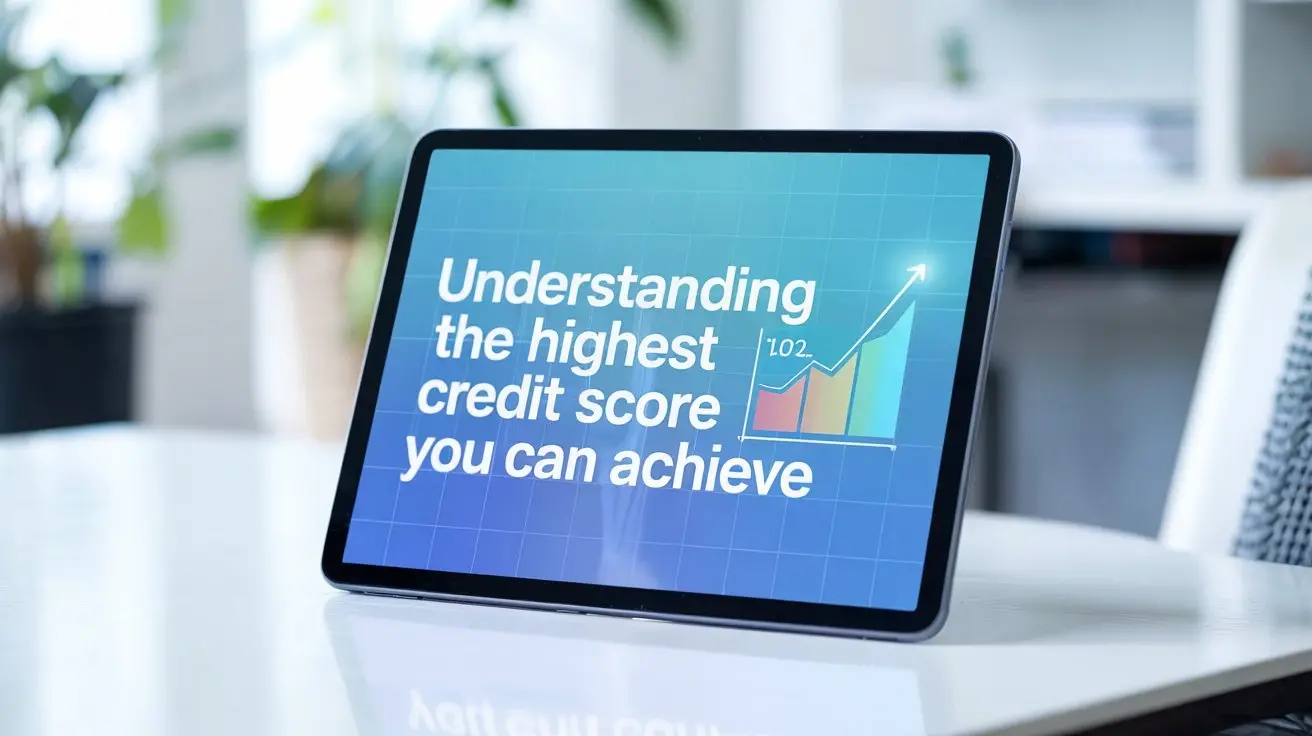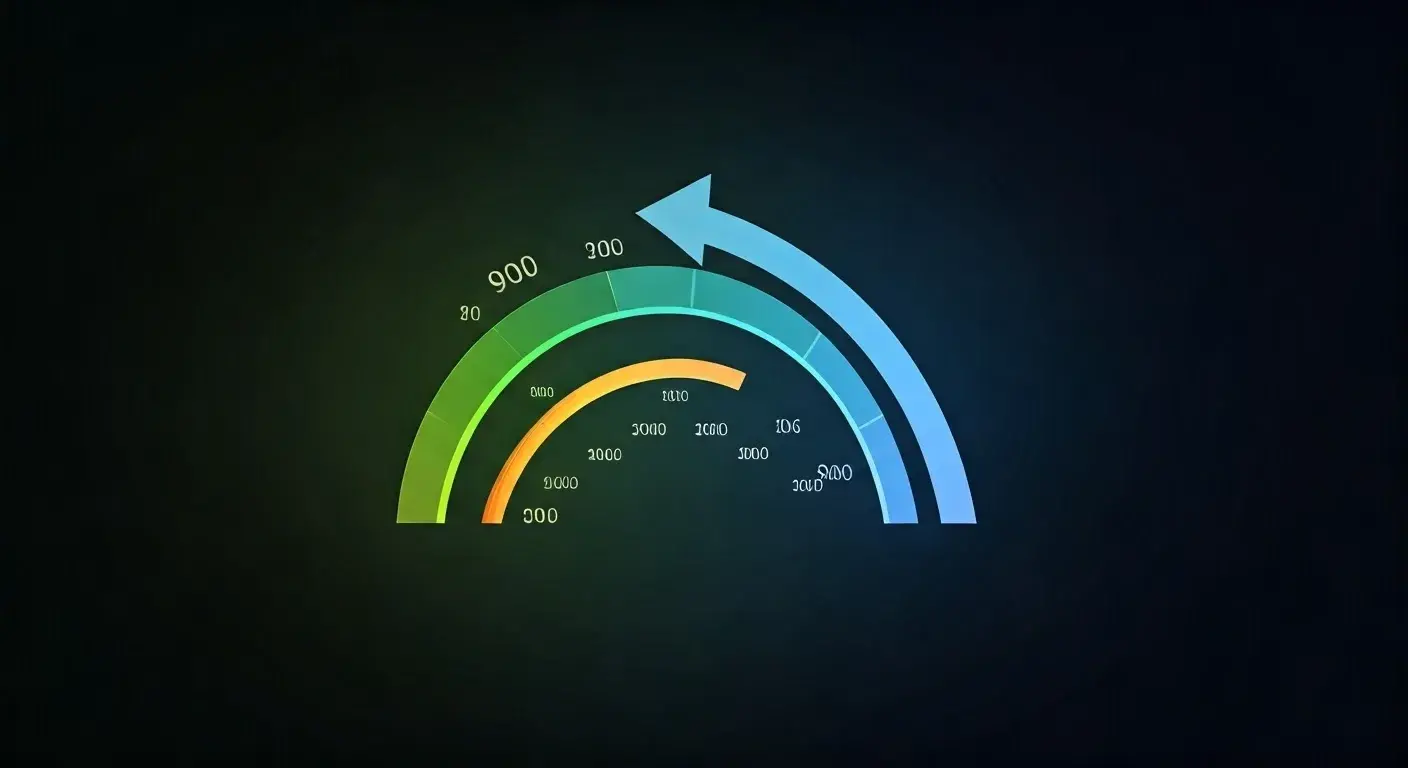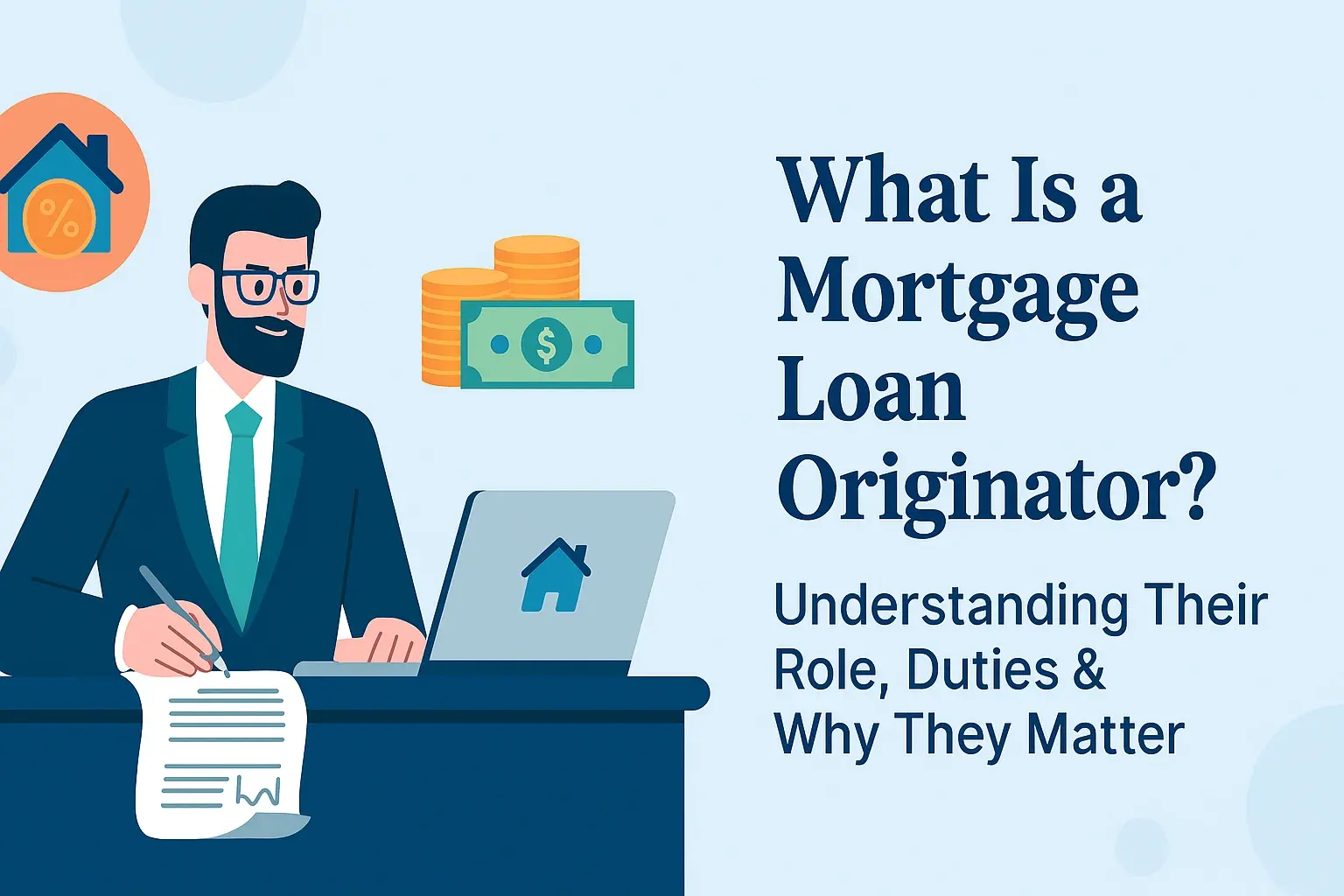-
Posted on: 06 Dec 2023

-
Securing a loan with a 680 credit score is achievable, but the amount you can borrow depends on various factors beyond just your creditworthiness. This guide will explore typical borrowing limits, interest rates, and strategies to maximize your loan potential with this credit score.
Understanding Credit Scores and Their Impact
Your credit score is a three-digit number that lenders use to assess your creditworthiness. It's a crucial factor in determining whether you'll be approved for a loan and, importantly, how much you can borrow and at what interest rate. A score of 680 generally falls into the "fair" to "good" range, depending on the specific scoring model used (e.g., FICO or VantageScore) and the lender's internal criteria. While not considered excellent, it's a score that opens doors to various lending opportunities, albeit with potentially higher interest rates and stricter terms compared to someone with a score above 700.
The Credit Score Spectrum
Credit scores are typically categorized as follows:
- Exceptional: 800-850
- Very Good: 740-799
- Good: 670-739
- Fair: 580-669
- Poor: 300-579
A 680 credit score sits comfortably within the "Good" range for FICO, which is a widely used scoring model. However, some lenders might consider it on the lower end of their "good" tier or even bordering on "fair" depending on their specific risk tolerance and the type of loan you're applying for. This means that while you're likely to be approved for many loans, the terms might not be as favorable as they would be with a higher score.
How Credit Scores Influence Loan Decisions
Lenders use credit scores as a primary indicator of risk. A higher score suggests a history of responsible credit management, making you a less risky borrower. Conversely, a lower score might indicate past difficulties in managing debt, leading lenders to perceive you as a higher risk. This risk assessment directly impacts:
- Loan Approval: A higher score increases your chances of getting approved.
- Loan Amount: Lenders may offer larger loan amounts to borrowers with excellent credit.
- Interest Rates: The most significant impact. Lower scores typically mean higher interest rates, as lenders charge more to compensate for the increased risk.
- Loan Terms: This includes the repayment period and any associated fees.
For a 680 credit score, you're in a position where approval is generally likely for many loan products, but understanding the nuances of how this score affects the specific amount you can borrow is crucial.
How Much Can I Borrow with a 680 Credit Score?
The direct answer to "How much can I borrow with a 680 credit score?" is not a single, fixed number. It's a dynamic figure that fluctuates based on the type of loan, the lender, your income, debt-to-income ratio, and other financial circumstances. However, we can provide general estimates and explain the influencing factors.
General Borrowing Capacity with a 680 Credit Score
With a 680 credit score, you can typically expect to qualify for loans, but the maximum amount will be lower than for someone with a score of 740 or higher. Lenders will scrutinize your application more closely to mitigate their risk.
- Personal Loans: For unsecured personal loans, a 680 score might allow you to borrow anywhere from $2,000 to $15,000. Some lenders might go higher, up to $25,000, but this is less common and would likely come with a higher interest rate. The exact amount depends heavily on your income and debt-to-income ratio.
- Auto Loans: For a car loan, a 680 credit score is often considered the minimum for approval with many mainstream lenders. You might be able to finance a significant portion of a vehicle's cost, but expect interest rates that are higher than prime rates. For a $30,000 car, you might be approved for $25,000-$28,000, with a higher down payment requirement.
- Mortgages: Mortgages are more complex. While a 680 FICO score can be sufficient for some FHA loans (which are government-backed and more lenient on credit), conventional loans typically require higher scores (often 620 minimum, but 700+ for better terms). If approved for a conventional mortgage with a 680 score, the loan amount will be heavily influenced by your down payment, income, and the property's value. You might be able to borrow hundreds of thousands, but with a higher interest rate and potentially private mortgage insurance (PMI).
- Student Loans: For federal student loans, credit history is generally not a primary factor for undergraduate loans, making them accessible. Private student loans, however, will consider your credit score, and a 680 might require a co-signer for approval or a higher interest rate.
Illustrative Scenarios (Estimates for 2025)
Let's consider a few hypothetical scenarios to illustrate borrowing potential with a 680 credit score:
Scenario 1: Unsecured Personal Loan Applicant
Applicant Profile:
- Credit Score: 680
- Annual Income: $60,000
- Existing Monthly Debt Payments: $500
- Loan Purpose: Debt consolidation
Estimated Borrowing Potential: With a moderate income and manageable existing debt, this applicant might be approved for a personal loan of $10,000 to $18,000. The interest rate could range from 12% to 20% APR, significantly higher than what someone with a 740+ score would receive.
Scenario 2: Auto Loan Applicant
Applicant Profile:
- Credit Score: 680
- Annual Income: $75,000
- Existing Monthly Debt Payments: $700
- Loan Purpose: Purchase a new car
Estimated Borrowing Potential: For a $30,000 car, this applicant might be approved for a loan of $25,000 to $27,000. The interest rate could be in the range of 7% to 10% APR, compared to potentially 4-6% for a borrower with excellent credit.
Scenario 3: Mortgage Applicant
Applicant Profile:
- Credit Score: 680
- Annual Income: $90,000
- Existing Monthly Debt Payments: $1,200 (including rent/current mortgage)
- Down Payment: 10%
Estimated Borrowing Potential: For a $300,000 home, this applicant might qualify for a mortgage loan of approximately $270,000 (after the 10% down payment). However, they would likely need to pay PMI, and the interest rate could be around 7.5% to 8.5% APR, significantly impacting the total cost of the home over 30 years.
It's crucial to remember these are estimates. Lenders use sophisticated algorithms and manual reviews to determine final loan amounts and terms.
Factors Influencing Loan Amounts Beyond Your Credit Score
While your 680 credit score is a significant factor, it's just one piece of the puzzle. Lenders consider a holistic view of your financial health to assess risk and determine how much they are willing to lend.
1. Income and Employment Stability
Your ability to repay a loan is directly tied to your income. Lenders will verify your income through pay stubs, tax returns, and bank statements. Consistent employment with a stable employer is highly valued. A higher income generally allows for a larger loan amount, assuming it doesn't push your debt-to-income ratio too high.
2. Debt-to-Income Ratio (DTI)
Your DTI is a critical metric. It's calculated by dividing your total monthly debt payments by your gross monthly income. For example, if you have $1,500 in monthly debt payments (including the potential new loan payment) and a gross monthly income of $5,000, your DTI is 30% ($1,500 / $5,000 = 0.30).
Most lenders prefer a DTI of 43% or lower for mortgages and often look for 36% or lower for other types of loans. A lower DTI indicates you have more disposable income to handle new debt, allowing for potentially larger loan amounts.
3. Loan Type and Purpose
The type of loan you're applying for significantly impacts the borrowing potential. Secured loans (like auto loans and mortgages) are less risky for lenders because they are backed by collateral. This often means you can borrow more with a 680 credit score on a secured loan compared to an unsecured loan.
The purpose of the loan also matters. Lenders might be more willing to lend for essential purposes like buying a home or a reliable car than for discretionary spending, especially with a fair-to-good credit score.
4. Down Payment and Collateral (for Secured Loans)
For secured loans, the value of the collateral (e.g., the car you're buying, the house you're purchasing) and the size of your down payment are crucial. A larger down payment reduces the lender's risk and can increase the loan amount you qualify for, or at least improve your terms. For mortgages, a substantial down payment can sometimes offset a slightly lower credit score.
5. Lender's Policies and Risk Tolerance
Each lender has its own set of underwriting guidelines and risk tolerance. Some lenders specialize in working with borrowers who have less-than-perfect credit and may offer more competitive terms. Others are more conservative and might have higher minimum credit score requirements or stricter DTI limits.
6. Credit Utilization Ratio
This refers to the amount of credit you're using compared to your total available credit. A high credit utilization ratio (e.g., using more than 30% of your available credit) can negatively impact your score and signal to lenders that you might be overextended, potentially limiting the amount you can borrow.
7. Loan Term and Monthly Payments
The length of the loan term affects the monthly payment. While a longer term might mean lower monthly payments, it also means you'll pay more interest over time. Lenders assess if the projected monthly payment fits within your budget (based on your DTI) and if the loan term is reasonable for the loan amount and purpose.
Understanding these factors allows you to present a stronger case to lenders and negotiate better terms, even with a 680 credit score.
Types of Loans and Borrowing Potential
The amount you can borrow with a 680 credit score varies significantly depending on the specific type of loan. Here's a breakdown of common loan types and what you might expect in 2025:
Unsecured Personal Loans
Description: These loans do not require collateral. They are typically used for debt consolidation, home improvements, medical expenses, or unexpected emergencies. Approval is based heavily on your creditworthiness, income, and DTI.
Borrowing Potential with 680 Score:
- Range: $2,000 - $15,000 is common. Some lenders may offer up to $25,000, but this is less likely with a 680 score and will come with higher interest rates.
- Interest Rates (Estimated 2025): 12% - 25% APR.
- Key Considerations: Shorter loan terms (2-5 years) are typical. Lenders will focus on your income stability and DTI.
- Example Lenders: LendingClub, Prosper, Upstart (which uses alternative data, potentially helping those with scores around 680).
Secured Personal Loans
Description: These loans are backed by collateral, such as a savings account, certificate of deposit (CD), or even a vehicle. Because of the collateral, lenders consider them less risky.
Borrowing Potential with 680 Score:
- Range: Can be higher than unsecured loans, potentially up to $25,000 or more, depending on the collateral's value. For example, a secured loan backed by a $10,000 CD might allow borrowing up to $8,000-$9,000.
- Interest Rates (Estimated 2025): Typically lower than unsecured loans, perhaps 6% - 15% APR.
- Key Considerations: You risk losing your collateral if you default.
Auto Loans
Description: Loans specifically for purchasing a new or used vehicle. The car itself serves as collateral.
Borrowing Potential with 680 Score:
- Range: Can finance a significant portion of a vehicle's price. For a $30,000 car, you might borrow $25,000 - $28,000. The loan amount is limited by the car's value and your ability to repay.
- Interest Rates (Estimated 2025): 7% - 11% APR for a 680 score.
- Key Considerations: Loan terms typically range from 3 to 7 years. A larger down payment is highly recommended to improve approval odds and secure better terms.
Mortgages (Home Loans)
Description: Loans used to purchase real estate. These are secured by the property itself and are the largest loans most people will ever take out.
Borrowing Potential with 680 Score:
- FHA Loans: These government-backed loans are more accessible for borrowers with lower credit scores. A 680 score is generally acceptable, often requiring a down payment as low as 3.5%. You could potentially borrow hundreds of thousands, depending on your income and the home's price.
- Conventional Loans: Minimum scores for conventional loans are often around 620, but a 680 score will likely result in higher interest rates and potentially PMI. Approval for larger amounts will depend heavily on your income, down payment (typically 5-20%), and DTI.
- Interest Rates (Estimated 2025): For a 680 score, expect rates around 7.5% - 8.5% APR for conventional loans, and potentially slightly lower for FHA loans, but with mortgage insurance premiums.
- Key Considerations: Closing costs, property taxes, homeowner's insurance, and PMI will be part of your monthly payment.
Home Equity Loans and HELOCs
Description: Loans that allow homeowners to borrow against the equity they've built in their homes. Home equity loans are lump-sum, while Home Equity Lines of Credit (HELOCs) are revolving credit lines.
Borrowing Potential with 680 Score:
- Range: Typically up to 80-85% of your home's value minus your outstanding mortgage balance. A 680 score might limit the loan-to-value (LTV) ratio allowed by some lenders, perhaps capping it at 75-80%.
- Interest Rates (Estimated 2025): Generally lower than unsecured loans, often variable for HELOCs. Expect 8% - 12% APR.
- Key Considerations: Your home is collateral. Lenders will still assess your income and DTI.
Student Loans
Description: Loans to finance education expenses.
Borrowing Potential with 680 Score:
- Federal Student Loans: Generally do not require a credit check for undergraduate students, making them accessible regardless of score.
- Private Student Loans: A 680 score might be borderline. You may need a co-signer with good credit to be approved or to avoid very high interest rates. Loan amounts are typically limited by the cost of attendance.
- Interest Rates (Estimated 2025): Variable for private loans, potentially 7% - 15% APR.
Business Loans
Description: Loans for starting or expanding a business.
Borrowing Potential with 680 Score:
- Range: Highly variable. Small business loans often require higher credit scores, but some options exist for scores around 680, especially with SBA-backed loans or online lenders. Loan amounts can range from a few thousand to hundreds of thousands.
- Interest Rates (Estimated 2025): Can be high, 10% - 30% APR or more, depending on the loan type and risk.
- Key Considerations: Business plan, cash flow, and collateral are critical.
The key takeaway is that while a 680 credit score allows access to many loan types, the borrowing amount and terms are significantly influenced by the loan's nature and the lender's specific policies.
Strategies to Improve Your Borrowing Power
Even with a 680 credit score, you might not qualify for the loan amount or terms you desire. Fortunately, there are proactive steps you can take to enhance your borrowing power before or even after applying.
1. Improve Your Credit Score
While 680 is a decent score, a small improvement can make a big difference. Focus on the key factors that influence your credit score:
- Pay Bills On Time: Payment history is the most critical factor. Ensure all your bills, including credit cards, loans, and utilities, are paid by their due dates.
- Reduce Credit Utilization: Aim to keep your credit utilization ratio below 30%, and ideally below 10%. Pay down balances on your credit cards.
- Limit New Credit Applications: Each hard inquiry can slightly lower your score. Apply for new credit only when necessary.
- Check for Errors: Regularly review your credit reports from Equifax, Experian, and TransUnion for any inaccuracies and dispute them promptly.
Even an increase of 20-30 points can sometimes unlock better loan offers.
2. Strengthen Your Financial Profile
Beyond your credit score, lenders look at your overall financial health:
- Increase Your Income: If possible, seek opportunities for a raise, take on a side hustle, or explore higher-paying employment. More income directly translates to a better ability to handle larger loan payments.
- Reduce Existing Debt: Aggressively pay down existing debts, especially high-interest credit card balances. This lowers your DTI, making you a more attractive borrower. Consider the debt snowball or avalanche method to tackle your debts efficiently.
- Save for a Larger Down Payment: For secured loans like mortgages and auto loans, a larger down payment significantly reduces the lender's risk and can increase the loan amount you qualify for or improve your interest rate.
3. Gather Comprehensive Documentation
Be prepared to provide thorough documentation to lenders. This includes:
- Recent pay stubs
- Tax returns (usually the last two years)
- Bank statements
- Proof of other income (e.g., rental income, alimony)
- Details of existing debts and assets
Having everything organized and readily available can expedite the application process and demonstrate your financial responsibility.
4. Shop Around for Lenders
Do not settle for the first loan offer you receive. Different lenders have different criteria and offer varying rates and terms. Compare offers from:
- Traditional banks
- Credit unions
- Online lenders
- Loan brokers
Use pre-qualification tools offered by many lenders, which typically involve a soft credit pull and won't affect your score, allowing you to compare potential offers without commitment.
5. Consider a Co-signer or Collateral
Co-signer: If your credit score or income is borderline for the loan you need, a co-signer with a strong credit history and stable income can significantly improve your chances of approval and potentially secure better terms. Remember, a co-signer is equally responsible for the debt.
Collateral: For unsecured loans, you might consider if you have assets that could be used as collateral to secure the loan, turning it into a secured loan with potentially better terms.
6. Understand Loan Terms and Fees
Before accepting any loan, thoroughly review all terms and conditions. Pay close attention to:
- Annual Percentage Rate (APR): This includes the interest rate plus all fees, giving you the true cost of the loan.
- Origination Fees: Fees charged for processing the loan.
- Prepayment Penalties: Fees for paying off the loan early.
- Late Fees: Penalties for missed payments.
Negotiate where possible, especially on fees. Sometimes, accepting a slightly higher interest rate for no origination fee can be more cost-effective.
7. Explore Loan Options Tailored to Your Situation
Some lenders specialize in working with borrowers who have scores around 680. Researching these lenders can be beneficial. For example, some online lenders use alternative data in their decision-making process, which might benefit individuals with a limited credit history or a score in the fair-to-good range.
By implementing these strategies, you can significantly enhance your borrowing power and secure more favorable loan terms, even with a 680 credit score.
What to Expect in 2025: Trends and Outlook
The lending landscape is constantly evolving, influenced by economic conditions, interest rate policies, and technological advancements. Here's a look at what borrowers with a 680 credit score might expect in 2025:
Interest Rate Environment
As of late 2024, interest rates have stabilized after a period of increases. For 2025, forecasts suggest a potential for modest rate decreases, particularly if inflation continues to cool and economic growth remains steady but not overheated. However, the Federal Reserve's monetary policy will be the primary driver.
For borrowers with a 680 credit score, this means:
- Potential for Slightly Lower Rates: If benchmark rates fall, loan interest rates may also decrease, making borrowing slightly more affordable.
- Continued Premium: Even with falling rates, a 680 credit score will still command a premium over borrowers with excellent credit. The spread between prime and subprime rates is likely to persist.
Lender Technology and Underwriting
The rise of FinTech and Artificial Intelligence (AI) continues to reshape lending. Expect more lenders to leverage:
- AI-Powered Underwriting: Lenders are increasingly using AI to analyze vast amounts of data, potentially identifying creditworthy borrowers who might be overlooked by traditional methods. This could open more doors for individuals with scores around 680, especially if they demonstrate strong income and employment stability.
- Faster Approval Processes: Digital platforms offer quicker application, approval, and funding times.
- Alternative Data: Some lenders are incorporating data beyond traditional credit reports, such as rent payment history, utility bills, and even cash flow analysis from bank accounts. This can be advantageous for borrowers with a 680 score who may have limited credit history but a solid financial foundation.
Regulatory Landscape
Regulatory bodies continue to monitor the lending market to ensure fair lending practices. While specific changes are hard to predict, consumer protection remains a focus. This means lenders must be transparent about terms, fees, and APRs.
For borrowers, this implies:
- Continued Transparency Requirements: Lenders will likely remain obligated to clearly disclose all loan terms.
- Focus on Fair Lending: Efforts to prevent discriminatory lending practices will continue, which could indirectly benefit borrowers in the fair credit range.
Economic Factors
The overall health of the economy will play a significant role:
- Inflation: If inflation remains under control, it supports stable or falling interest rates. Persistent inflation could lead to higher borrowing costs.
- Employment: A strong job market generally leads to more confident lenders and potentially more accessible credit. A weakening economy could lead to tighter lending standards.
- Consumer Spending: Robust consumer spending might encourage lenders to offer more credit, while a slowdown could prompt caution.
Specific Loan Markets
- Mortgages: The housing market's affordability will remain a key concern. With a 680 score, qualifying for a mortgage will still require a substantial down payment and a solid income, especially if interest rates remain elevated. FHA loans will continue to be a vital option for those with lower scores.
- Auto Loans: The automotive market may see continued price stabilization or slight decreases in 2025, potentially making car loans more accessible. However, interest rates will still be a significant factor in affordability.
- Personal Loans: The unsecured personal loan market is expected to remain competitive, with online lenders playing a significant role. Borrowers with a 680 score should still expect higher rates but may find more options available due to FinTech innovation.
Key Takeaway for 2025
For individuals with a 680 credit score, 2025 presents a landscape of potential opportunities, tempered by the ongoing need for careful financial management. While interest rates might offer some relief, the fundamental principle remains: a higher credit score and a stronger financial profile lead to better borrowing terms. Proactive steps to improve credit, reduce debt, and save for down payments will be even more crucial to maximize borrowing potential and secure the most favorable loan offers.
Conclusion: Navigating Your Borrowing Options
Securing a loan with a 680 credit score is a realistic goal, but understanding the nuances of borrowing potential is key. While this score generally falls within the "good" credit range, it means you'll likely face higher interest rates and potentially stricter terms compared to borrowers with excellent credit. The amount you can borrow is not a fixed figure; it's a dynamic outcome influenced by your income, debt-to-income ratio, the type of loan, the lender's policies, and whether the loan is secured by collateral.
In 2025, expect a lending environment shaped by potentially stabilizing interest rates and increasing reliance on technology and alternative data for underwriting. While these trends may offer new avenues for borrowers, a strong financial foundation remains paramount. For individuals with a 680 credit score, the most effective strategy is multifaceted: focus on improving your credit score further, diligently reducing existing debt to lower your DTI, saving for a larger down payment on secured loans, and diligently shopping around for the best offers from various lenders. By taking these proactive steps, you can significantly enhance your borrowing power, secure more favorable loan terms, and confidently navigate your financial goals.











